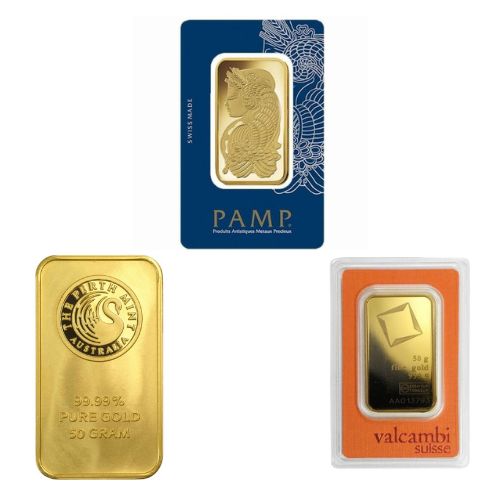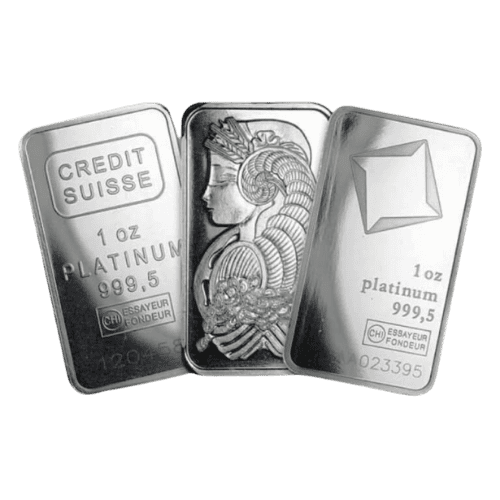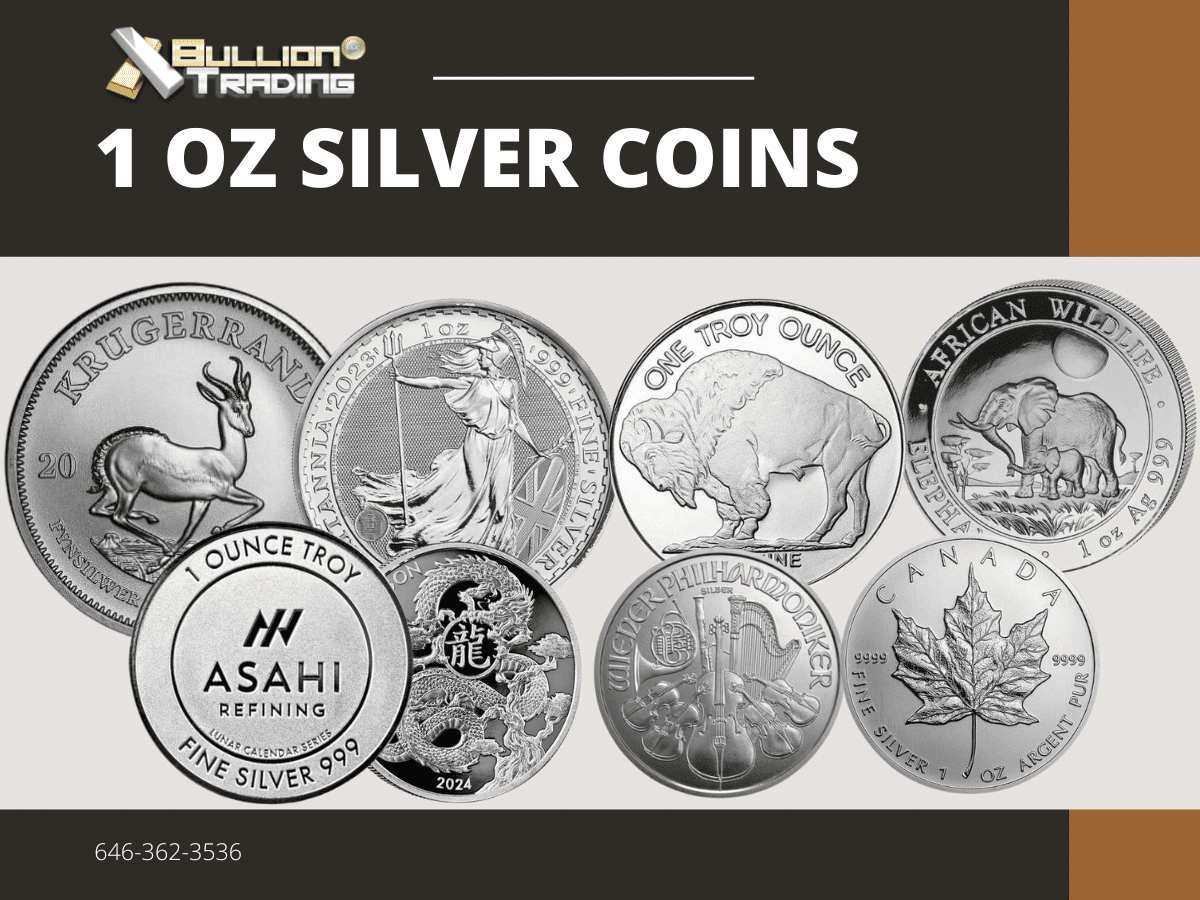Welcome to the very first installment of what we hope will be an effective repeating series: our Featured Coin brochure.
You may approach suppliers in that age, shekels in hand, and order four shekels worth of goods. The supplier would weigh out an equivalent quantity of his items, and that would be the entire foundation of the deal.
It shows up in the Code of Hammurabi (c. 1700 BC). It appears even previously in works from the Akkadian empire, dating back to c. 2150 BC. We would not be surprised to discover of a new discovery telling us that shekels are even older.
Fast forward to today and the shekel, believe it or not, is still around. Of course, its not the exact same coin the Persians used– those are understandably a bit restricted to museums and so on.
Throughout history, gold and other valuable metals have been minted into coins and tokens representative of any variety of things. Well be reviewing the stories of some of the most well-known and influential coins in history.
Coins were quick ending up being a preferred medium for physical bartering, and their integration with uncommon base metals like gold and silver only increased their effectiveness as tokens of value. A lot of the qualities that occurred from ancient civilizations attempt to copy, or embrace the shekel, are still common today. The ancients had it all figured out, and their sandbox was, figuratively speaking, the shekel.
Depending on the time duration, ruler, federal government, and which side of any variety of old Persian battlelines you were on, shekels handled different sizes and shapes. The most typical weights weve been able to discover from that duration are (in grams): 7, 11, and 17. All prime numbers, for anyone keeping rating in your home.
The first shekels were systems of weight, and the term came to fulfillment long in the past coins came into the photo. Some historians believe shekels might have, at one time, referred to packages of barley.
As we discussed, shekels were just utilized to weigh things initially. The real beauty of their simpleness wouldnt be totally understood for years to come, when they became integrated with currency.
Early Anatolian traders marked their shekels to avoid weighing them prior to every deal. As opposed to the shekels of old, todays are units of pure currency, and not weight. There are shinier coins, coins consisting of more gold, and heavier, more in-depth coins than the shekel.
Early Anatolian traders stamped their shekels to prevent weighing them prior to every transaction. By the way, these were the very first coins in history. The Persian Empire started marking and distributing marks as currency; their main seal served as a sign of weight, authenticity, and worth.
In any case, the shekel is necessary for a number of factors. The name originates from Hebrew, and roughly equates to the word “weighing.” The Hebrew Bible (more particularly, the Book of Genesis) introduced shekels to English speakers, but the word is much older.
There have certainly been bigger coins. There are shinier coins, coins including more gold, and much heavier, more in-depth coins than the shekel. But, maybe objectively, none as important.
Well be jumping right in with our really first coin: the Shekel.
Before coins were even developed, shekels were utilized as tokens in trade deals to weigh products. In ancient times, one might have sold items like grains or spices by the shekel (“Ive got 2 shekels worth of salt”), or a quantity equivalent to the weight of two shekels weighed together.
In 1985, Israel unveiled the New Shekel, which remains in blood circulation today in Israel, Palestine, and the Gaza Strip. Rather than the shekels of old, todays are systems of pure currency, and not weight. These units perform well on the worldwide scale– a callback to the shekels of old that took the entire world by storm.
The very first shekels were systems of weight, and the term came to fruition long in the past coins came into the picture. Some historians believe shekels may have, at one time, referred to packages of barley.
In 1980, Israel introduced the Israeli Shekel as a replacement for their lira currency. The Israeli Shekel suffered from quick, ruthless run-away inflation, and Israel pulled the plug on it after only 5 short years. It was the 2nd time in as numerous decades that decline versus the American dollar had triggered instability in the Middle Easts economy.
Among historys oldest (and latest) coins.





